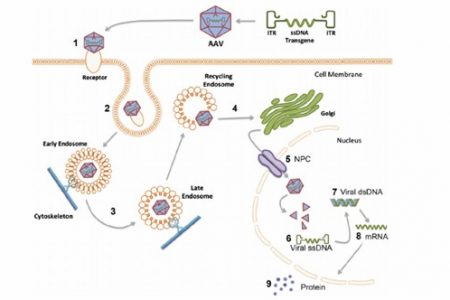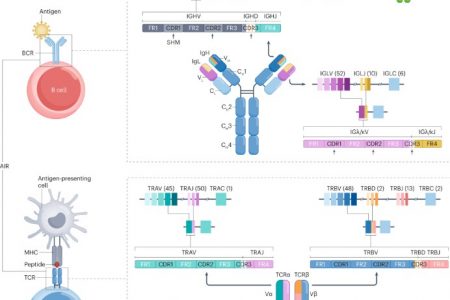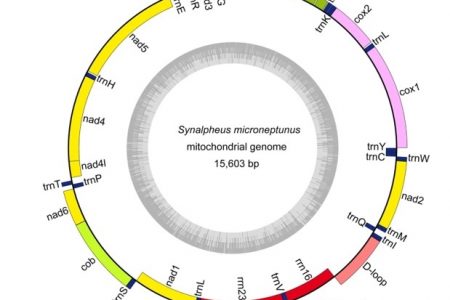
Understanding Gene Fragments: From Basic Concepts to Advanced Uses
What are Gene Fragments? Gene fragments refer to DNA segments synthesized through biochemical methods, typically comprising linear double-stranded DNA varying in length from several hundred to several thousand base pairs. These segments may contain exonic regions of genes or specific areas of the gene sequence. For instance, a cloned gene denotes a particular gene sequence […]


 Sample Submission Guidelines
Sample Submission Guidelines







